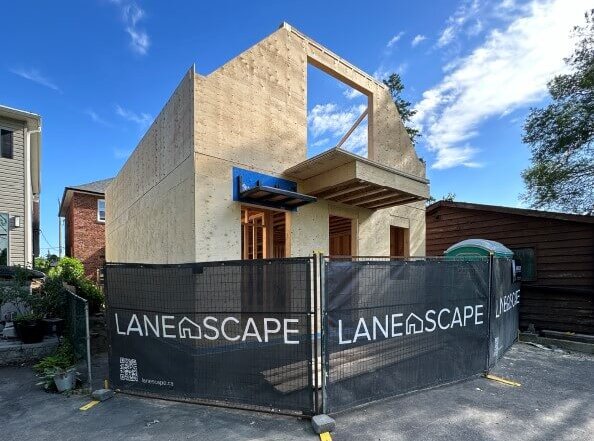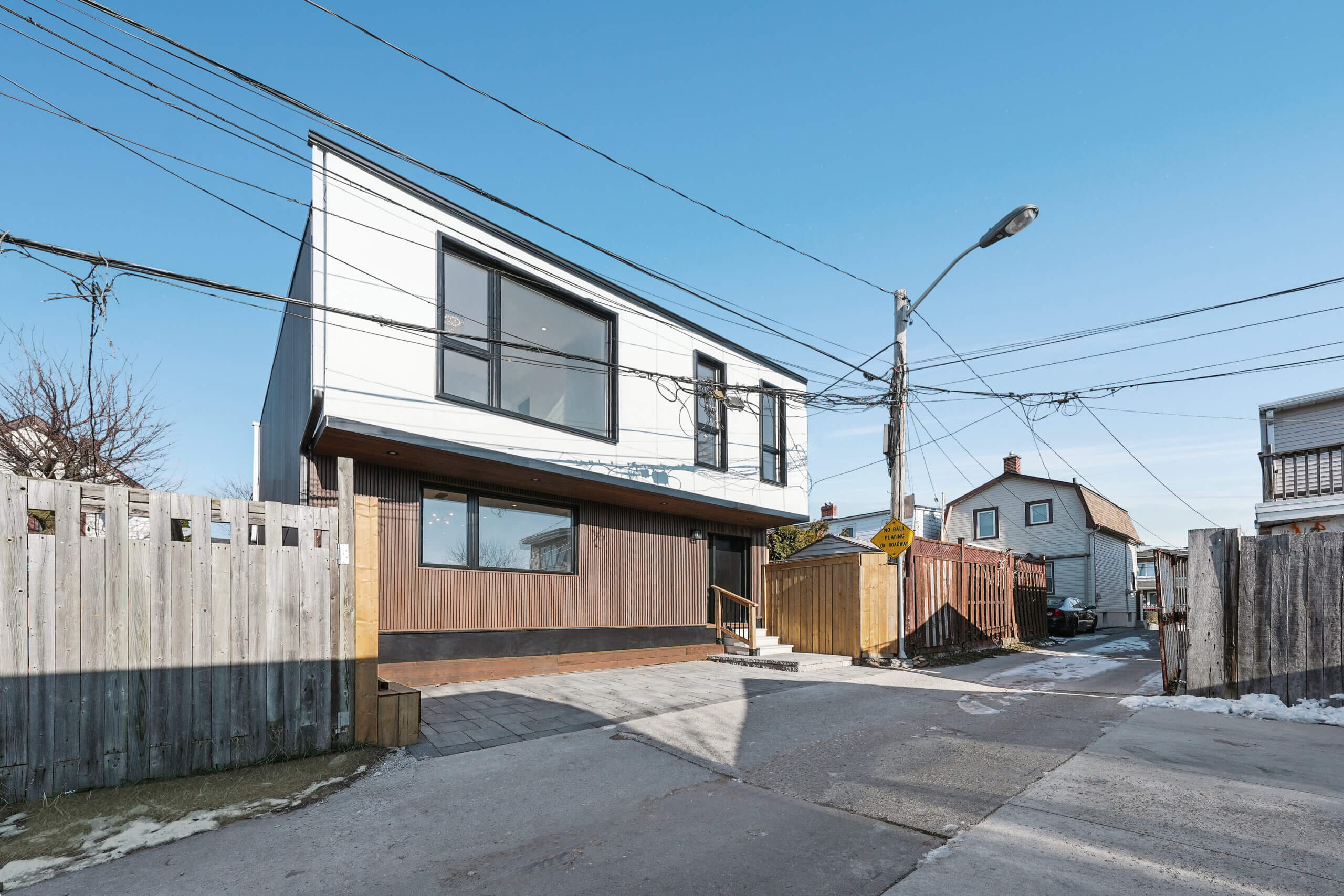As Toronto’s real estate market continues to expand, many homeowners and investors are exploring the potential of laneway and garden suites. These standalone units can add significant value to a property and provide additional living space or rental income. If you’re searching for a property in Toronto with good potential for a laneway or garden suite, here’s what you need to consider when searching for an ideal lot.
Zoning
First and foremost, you must ensure that the property is in a zone that permits laneway or garden suites. Toronto has specific zoning bylaws that dictate where these units can be built. To date, you can only build a laneway or garden suite in an R, RD, RS, RT, or RM zone.
Property Size and Shape
In general, the ideal property will be as large as possible, enabling you to avoid angular plane restrictions and build to the maximum size permitted. This is especially important for garden suites, which have more restrictive angular plane requirements.
Access Requirements
Laneway Suites
- Emergency Access: A 0.9m wide path must be provided to the door of the suite. This can be up to 45m from the curb at the front of the house, or up to 90m from the end of the laneway. If you need to use a shared side yard, your neighbour might need to sign a Limiting Distance Agreement.
- Lane Frontage: The property must have at least 3.5 meters of frontage on a public lane.
- Garbage & Mail: Keep in mind that garbage collection and mail delivery can not move, so having some kind of access to the main street is ideal.
Garden Suites
- Emergency Access: For garden suites, you need at least 1 meter of access along the side of the main house. However, having adequate access to the rear yard for construction equipment will save you a lot of time and money, so the wider the better.
- Rights of Way: The access path cannot be within any right of ways, possibly including shared driveways. If it is, a limiting distance agreement will be required.
- Corner Lots: These types of lots can have advantages as they offer better construction access and provide opportunities for windows on the side of the building.
Existing Site Conditions
- A flat site is preferable. However, if there is a slope, it should ideally slope towards the main street to avoid the need for a sewage ejector pump.
- The main house gross floor area should be larger than the interior floor area of the maximum-sized suite permitted on the lot to ensure compliance with the zoning bylaws.
- Look for a property that is free of trees in the rear yard, both on the lot and in the immediate surrounding area. Trees can complicate construction, reduce the potential size of the suite, and/or require additional approvals, leading to more time and cost during the design and approvals phase.
- The ideal property will not have an existing garage because it’s usually most cost-effective to build from a clean slate. If it does, a detached garage is easier to work with. Having said that, you can sometimes use the setbacks of an existing structure to your benefit if they are smaller than what’s required by the new bylaws.
- The ideal property also won’t have neighboring garages close to the side property lines.
- Choosing a lot without overhead wires and utility poles is ideal to avoid potential challenges during construction.
- If the main house’s basement is unfinished, it can be easier to connect services to the new suite.
- For laneway suites, the wider the lane, the better, as it facilitates easier access during construction.
Utility Requirements
- A property with extra electrical capacity is ideal since the suite will likely need a 100-amp panel. Most single-family houses will need a 200-amp service. Additional capacity may be required if the suite is entirely electric-powered.
- The incoming water line should be at least 3/4″ to support the additional unit. 1” is recommended. However, water pressure booster pumps can also be used to deal with water pressure challenges.
- If the main house has multiple units, the plumbing for the suite will not be able to be connected through the main house but rather will have to bypass the house and branch off the main line in the front yard.
Conclusion
Finding the perfect property for a laneway or garden suite in Toronto requires careful consideration of zoning laws, property size and shape, access requirements, and utility connections. By focusing on these key factors, you can identify a lot that will maximize the potential of your investment. Keep in mind that although we’ve outlined the ideal property traits for laneway and garden suites, fantastic designs can still be created on less-than-ideal properties with challenging constraints. Happy house hunting!
If you or someone you know is interested in building a laneway or garden suite, please follow this link to receive your complimentary report. Our team will respond with a complete review within a single business day.


